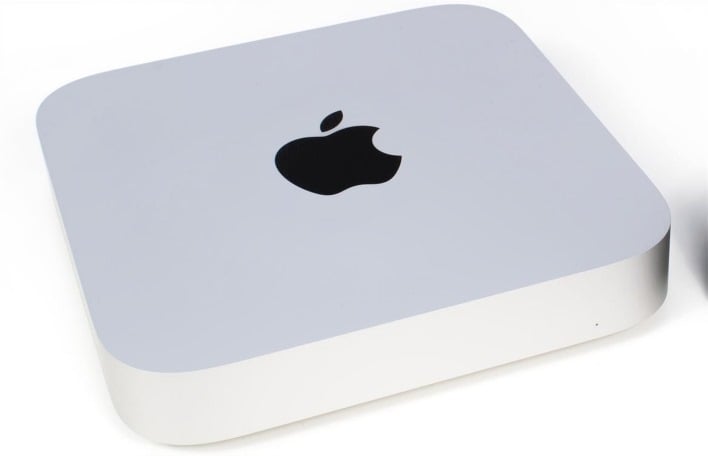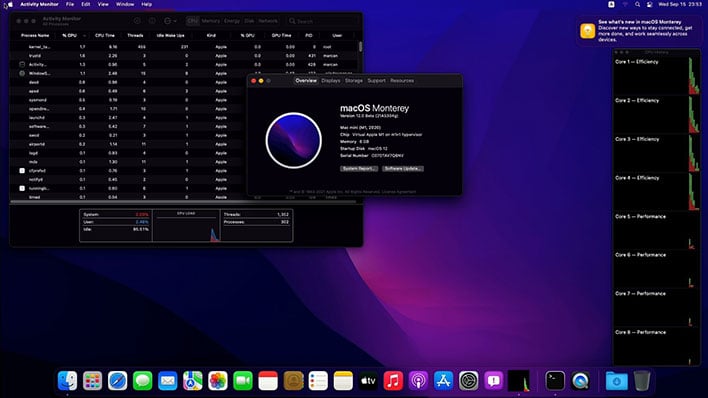Apple's M1-Powered Macs Will Soon Finally Run Linux Natively But There's A Catch

By all accounts—even our own—the Apple M1 SoC powering the company's newest machines is a beast, but it comes with a drawback in that you can only run MacOS on it. A lot of folks love MacOS for various reasons, to be sure. It's also undeniable that the proprietary OS limits your access to the majority of desktop and laptop software, though.
While it's very unlikely we'll ever see a native version of Windows for Apple Silicon, Linux is the next best thing for software compatibility, and that's already happening. The Asahi Linux project just published its September 2021 progress report outlining all of the advancements that it achieved during the last month, and the news is surprisingly promising.
For those unfamiliar, Asahi Linux is a project to port Linux to the Apple M1 platform. Asahi ringo is the name of the familiar McIntosh variety of apple in Japan, so naturally it follows that Linux for the Apple Macintosh is called Asahi Linux. The project is headed up by Hector Martin (also known as marcan42), most famous for his incredible achievements while reverse-engineering game console hardware, such as the Nintendo Wii and Sony's PlayStation 3 and 4.
In the September 2021 Progress Report the project announces that enough of the lowest-level kernel drivers have been implemented to support a basic Linux desktop environment on an M1 system. While that is wonderful progress—it will allow developers to "eat their own dog food," as Martin states—there's still a lot of work to be done.

There's other conditions too: there's no real sound yet, and only basic USB functionality. All of this hardware requires drivers that have be reverse-engineered for copyright reasons. The extant MacOS drivers could likely be used as a starting point if weren't for the fact that Apple would send its legal team after Asahi Linux. Indeed, the whole reason this project is legitimate is because it is entirely reverse-engineered.
To be clear, Asahi Linux is not a Linux distribution unto itself. Rather, the project is simply attempting to enable the use of Linux on the Apple hardware. You can use whatever distribution you want; the project's GPU driver lead runs Debian on her own M1 machine. For the doubters, this is real Linux running on bare metal. It's not being emulated or running in a virtual machine whatsoever.
The project's goal is to eventually provide a barebones Arch Linux Arm image, pre-configured with KDE, so that users can configure the system how they like. If you'd like to play with Linux on an M1, you might want to cool your jets and stick to MacOS for now—there's no installer yet, so folks who aren't already Linux developers should probably just sit tight until a more user-friendly setup process is available.

